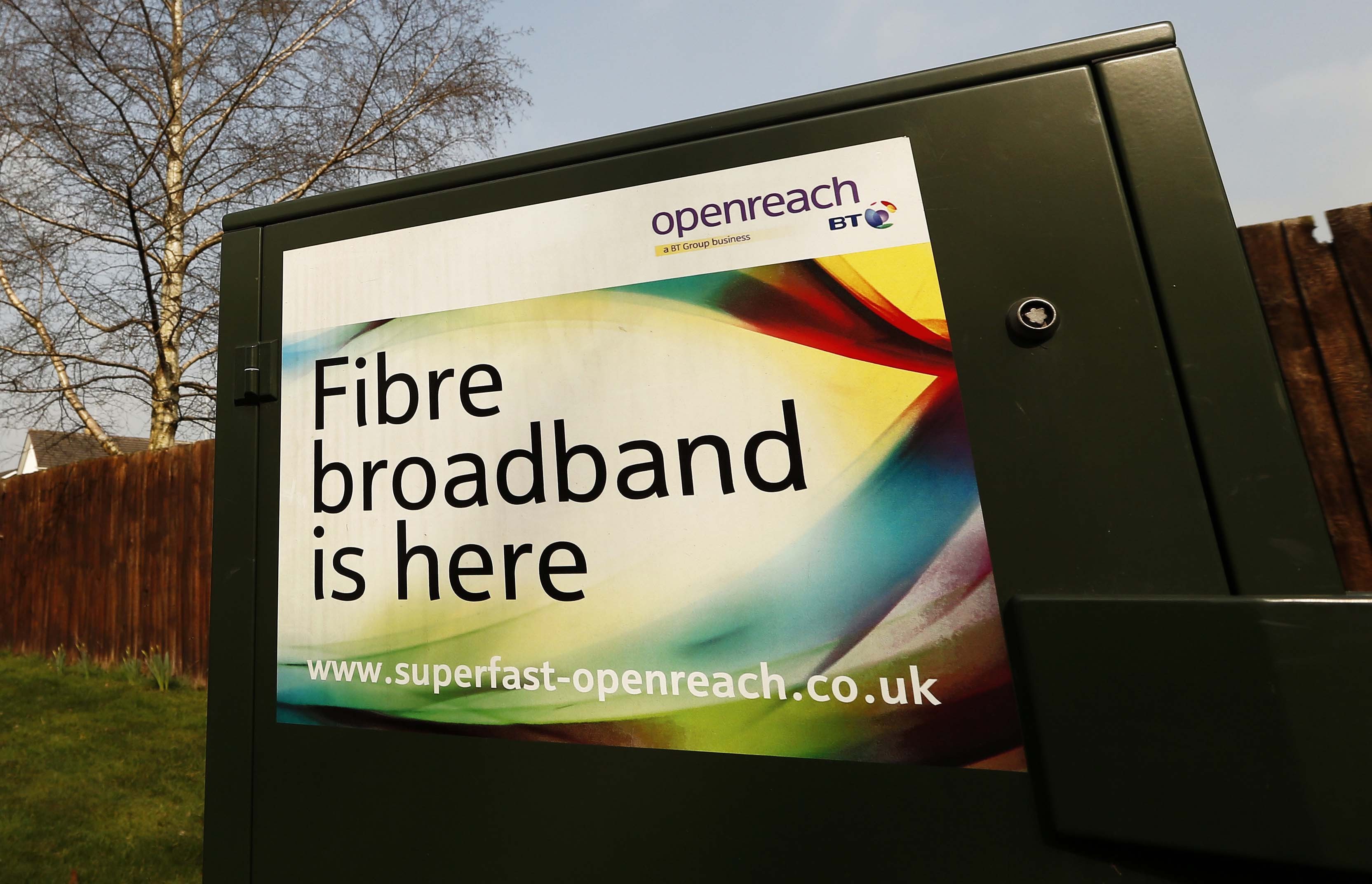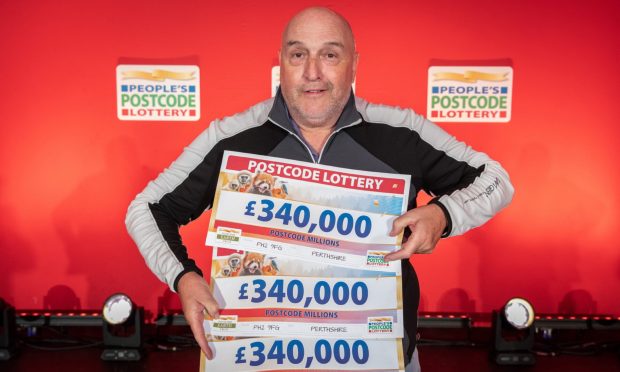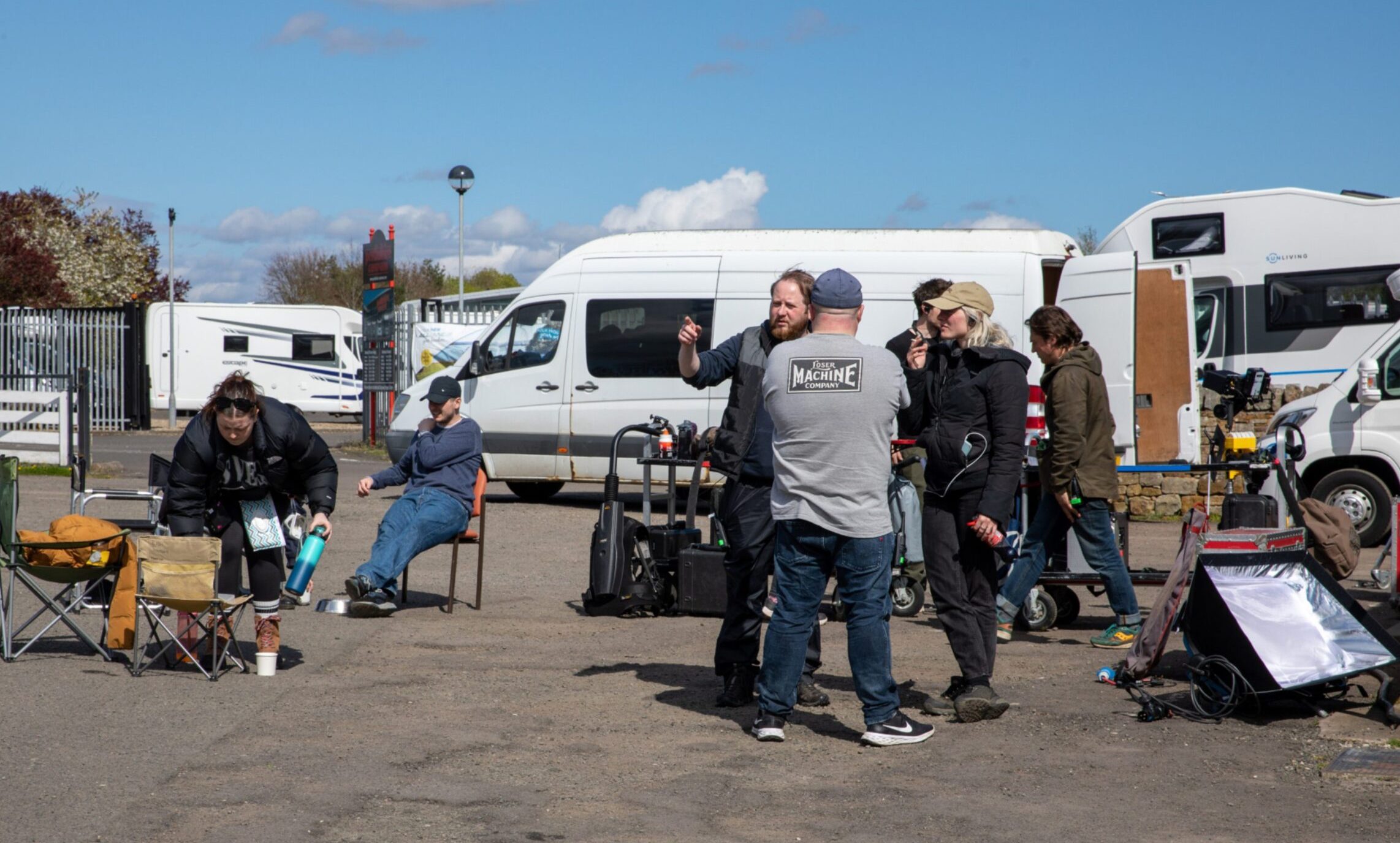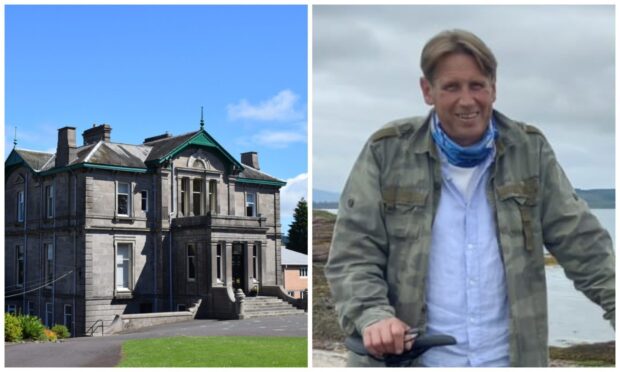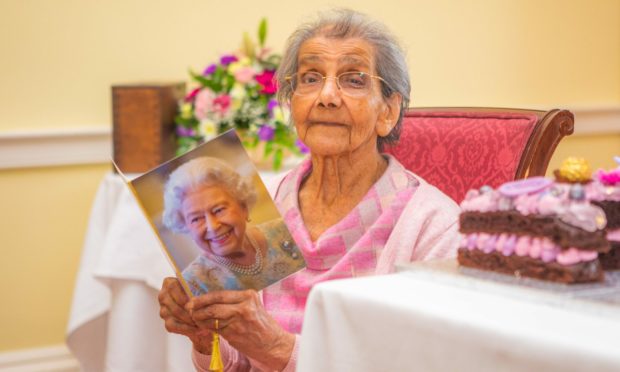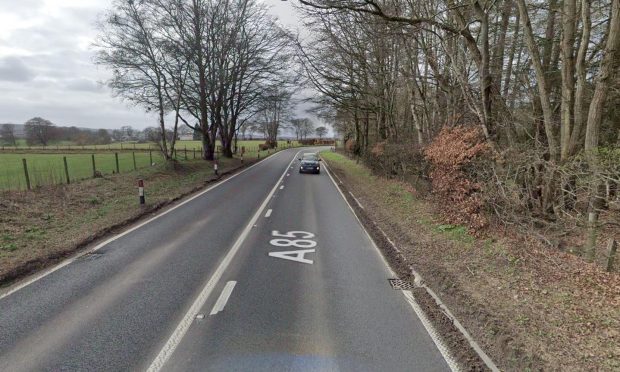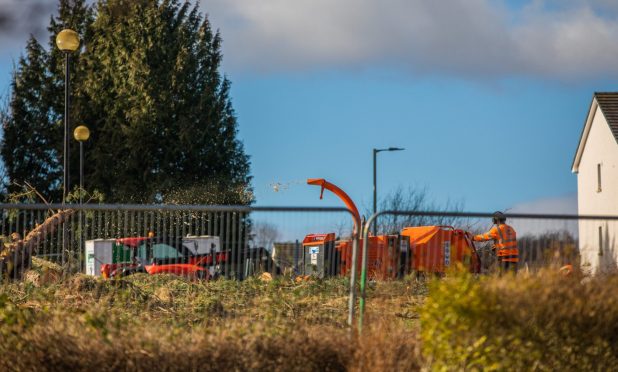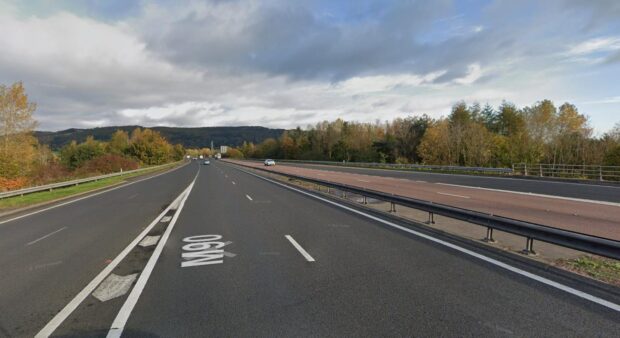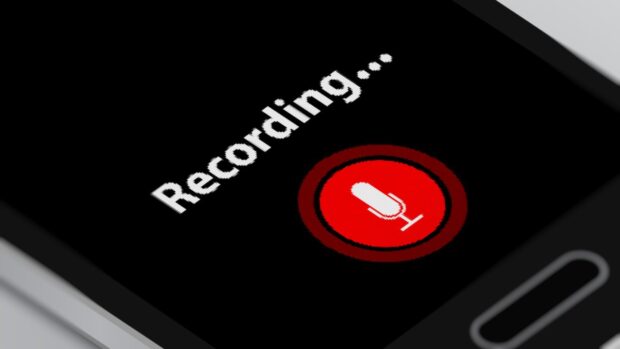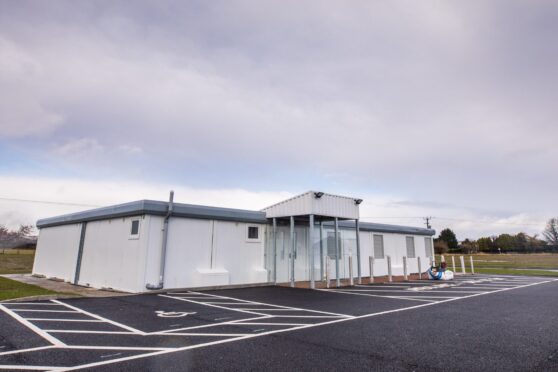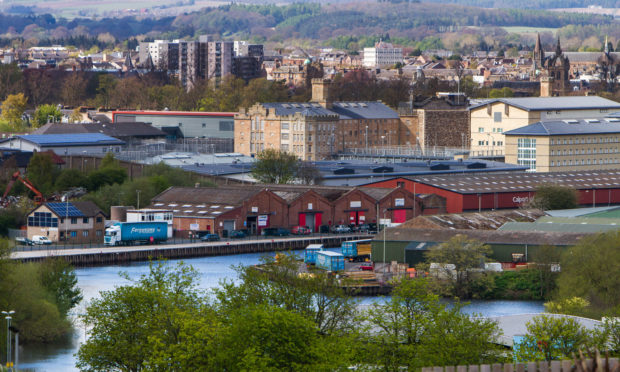Many businesses and residents in rural areas are still suffering from poor broadband connections, a new report has revealed.
Perth and Kinross is one of the poorest-performing council areas in Scotland according to Audit Scotland.
The watchdog has updated its progress report on the state of superfast broadband provision.
It showed one in five premises in Perth and Kinross could not receive broadband of 10Mbs.
Dundee was the best performing area in Scotland with almost 100% of premises able to reach that benchmark figure.
Angus was around 15% and Fife around 5%.
Angus and Perth and Kinross were among the council areas in which fewer than 65% of premises could receive an average speed of more than 24 Mbs.
Some areas of Perthshire were found to have connection speeds as slow as 0.514 Mbs.
The Scottish Government has spent £146m to roll-out broadband for the Highlands and Islands and £266m for the rest of Scotland. It aims to have ‘world-class’ broadband for the whole country by 2020.
Rural Economy and Connectivity Secretary Fergus Ewing pledged 100% coverage by 2021.
“So far, the roll-out has concentrated on the easier to reach areas,” the Audit Scotland report states.
“The areas that remain are more remote and likely to need more complicated and costly engineering solutions. Project teams are monitoring what this means for the rest of the roll-out.”
The review states most projects are currently on track to provide access to 95% of premises by December 2017, although it adds the remainder of the roll-out will be “more challenging.”
The Scottish Government is finalising plans to best use an additional £42 million to extend broadband coverage outside previous contracts awarded.
“The Scottish Government established a ‘reaching for 100%’ project team in 2016, to take forward the delivery of the infrastructure that will support superfast broadband to premises that are not covered by existing or planned infrastructure,” the report adds.
Audit Scotland said 2.2 million out of 2.6 million homes and businesses (86%) had access to fibre broadband by March this year – 1% more than the original target.
Caroline Gardner, Auditor General for Scotland, said: “Fast, reliable internet access is increasingly essential for everyday life so it’s encouraging to see good progress being made in rolling out fibre broadband.
“However, there is a lot still to be done by the Scottish Government if it is to achieve its vision of a world-class digital infrastructure, particularly in improving download speeds in rural areas.
“It’s important that it continues to monitor the cost and progress of broadband roll-out so that these communities aren’t excluded.”
Rural Economy and Connectivity Secretary Fergus Ewing said broadband and mobile coverage are of “vital importance” to many aspects of rural life and the rural economy.
“We are working hard to continue to improve both,” he commented.
“With this in mind, I welcome Audit Scotland’s report, which outlines the good progress we are making in widening the access to high-speed broadband and confirms that 86% of premises across Scotland now have access to fibre broadband – 1% more than our original target. However, we also recognise that there is much more we can do at a Scotland-level to extend coverage, particularly to rural areas.
“That is why we have made the commitment that 100% of properties across Scotland will be able to access superfast broadband by 2021 and I will outline next steps later this year.”
But Jamie Green, Scottish Conservative connectivity spokesperson said “there is still a lot of work to do.”
“The remainder of the roll-out seems to be more challenging, complicated and costly but people deserve realistic, properly-funded and achievable guarantees on when this so-called superfast broadband is coming.”
John Swinney, Perthshire MSP, said: “Audit Scotland’s report clearly demonstrates that the Scottish Government has done a tremendous job, so far, in providing homes and businesses with 21st century broadband connectivity. There is absolutely more that can, and must, be done however to ensure everybody in Scotland can access superfast broadband.”
A spokesperson for Perth and Kinross Council said they are supportive of nationally-led moves to make superfast broadband accessible given the “benefits” this has for communities and businesses, particularly in rural areas.
